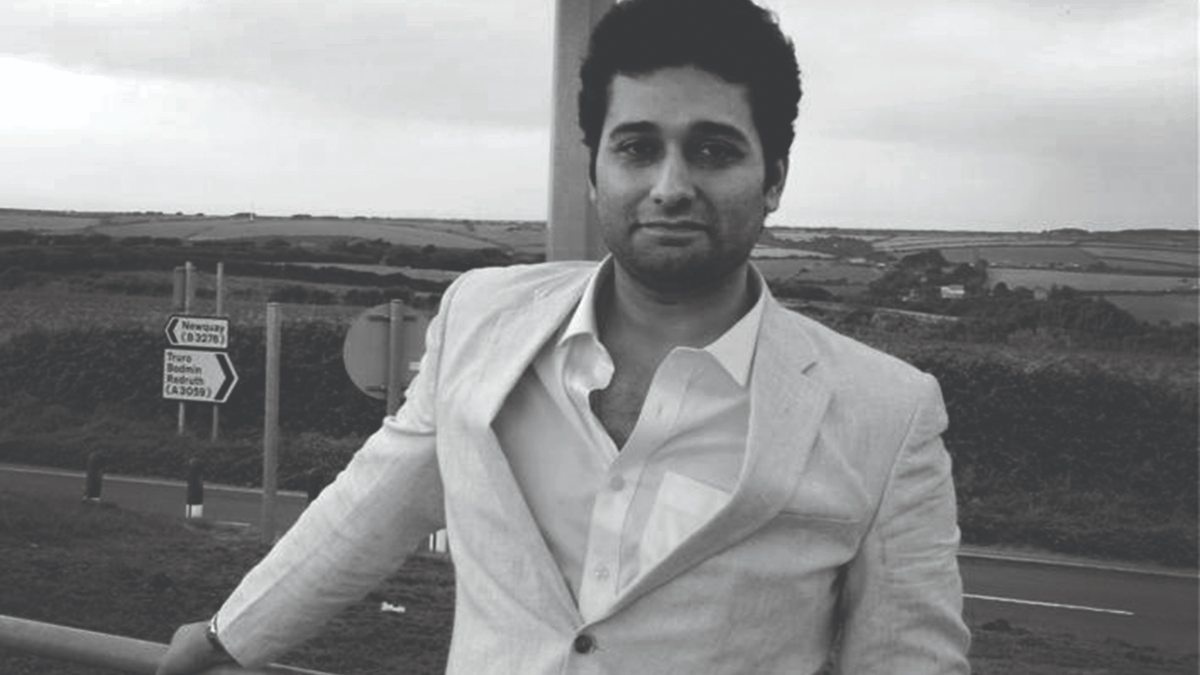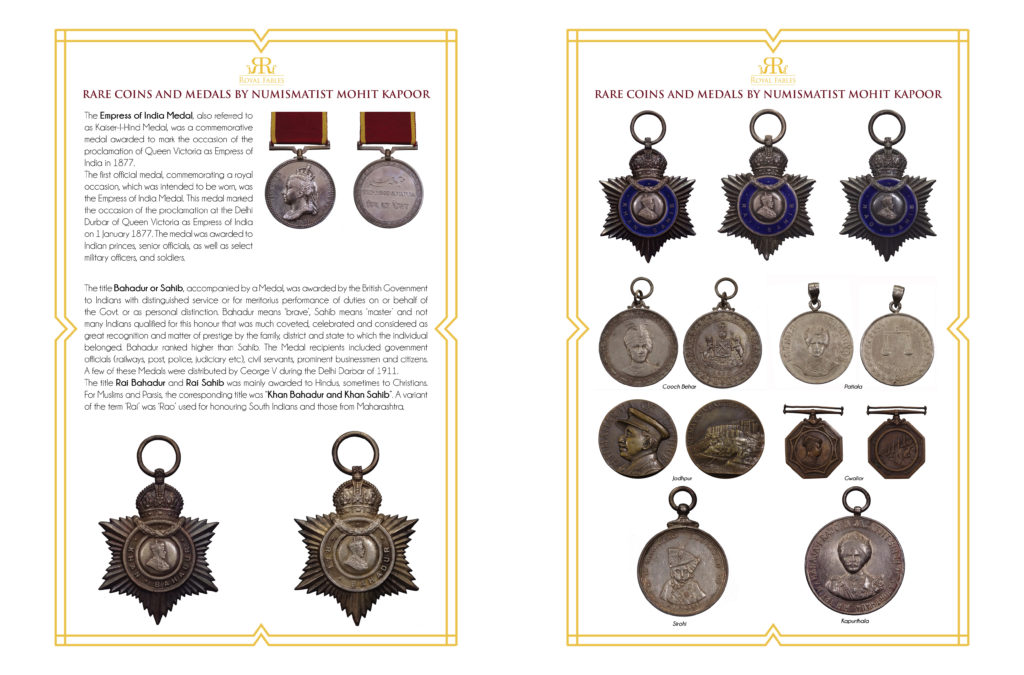
Secretary to the South Asian Chapter of Oriental Numismatics, Mohit Kapoor is a walking, talking encyclopaedia of coins and their origins. An auctioneer, a collector and a garment exporter by profession, he recently penned a catalogue on the Nawabs and Kings of Awadh and their coinage. Kapoor has been interested in collecting coins for over 15 years because he loves the historical stories that emerge from these coins. India has a rich history of several indigenous and foreign dynasties’ rule and each of these rulers revolutionised the coinage by introducing their dynastical characteristics on them. A plethora of stories are associated with coins and each one is unique. For example, Mughal emperor Jahangir had coins minted bearing the 12 zodiac signs. During the British Raj, the silver rupee, gold sovereigns and gold mohurs were popular.
The main reason behind this was that these coins were minted in .916 metal and this led the people to have immense faith on these coins. The level of popularity enjoyed by these coins was such that even today, people prefer to gift these coins on auspicious occasions. Kapoor reiterates that each dynasty had its specific coinage. Since the British took over from the Mughals, copper, silver and gold coins bearing the name of the ruling Mughal emperor were in circulation just before the Raj. Coins were minted by the local ruling authority of the specific area, such as the Marathas, Nawabs of Awadh and Nizams of Hyderabad, but in the name of the ruling Mughal emperor. The coins bore legends in Persian and carried marks specific to the ruling authority of the area. Mints in multiple cities were making coins and the names of the cities were thus inscribed on the coins. The ‘punch-marked’ coins were the earliest coins in India of silver bearing 4-5 symbols punched on them. Subsequently, the coins were influenced by the coinage of the European and Central Asian invaders.
The coins were of silver and debased silver. Then came the Kushans with their gold and copper coins, carrying the effigy of the kings in Kharosthi script and references of Iranian gods. This was followed by the gold and silver coinage of the Guptas which were soon replaced by the coins of the Islamic invaders that bore legends in Arabic and were minted in gold, silver and copper. Coins called ‘nazarana’ were specially struck on important occasions like coronations. These coins were mainly gifted to the members of the royal court, allies and very important people. It depended on the importance of the person to be gifted a gold or silver nazarana. In 1818 AD, the British divided India into princely states, many of them having authority to strike their own coins.

Most rulers struck coins in copper, silver and gold bearing the names of the rulers of the princely states (Baroda, Bikaner, Awadh, Hyderabad, Travancore, Rewa, etc), while some issued coins in the joint names of their ruler and ruling British monarch (Jodhpur, Kutch, Jaipur and Bundi). Kapoor is very proud of his collection of coinage. Some of the interesting coins in his collection include the silver zodiac (Leo) rupee issued in the name of Jahangir, a gold ten-rupee coin issued in the name of Queen Victoria, a gold mohur of Ganga Singh Bahadur of Bikaner, and another gold mohur issued by Madan Singh Ji of Kutch.